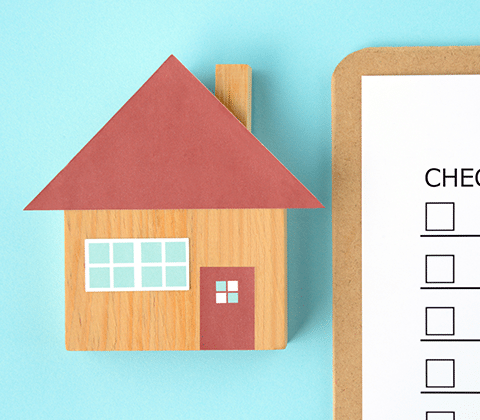If there’s one thing that’s likely to sour an otherwise great relationship, it’s the end of a tenancy and the assessment of inventory and any possible deductions from a deposit. Years of positive interaction can be destroyed by misunderstandings or misconceptions, so we’re hopefully going to solve some of those problems here.
What is Inventory & Deposit Management?
While inventory management and deposit management are two separate things, at Wirral Homes, we consider them to be so interconnected that we combine our service to include both – a deposit is there to secure a landlord’s property and inventory against damage during the course of a tenancy agreement, so it makes sense to treat the management of inventory and of a tenant’s deposit as one thing with two aspects.
As such, we ensure that inventory is properly documented and assessed at the beginning and end of a tenancy and that the deposit is secured in a registered scheme and that both the interests of the landlord and tenant are served to the best of our abilities.
For a landlord looking to deal with such things for themselves, however, you would need to take each one separately.
How to Properly Manage Your Inventory as a Landlord
Whether you provide a furnished or unfurnished property, there will still be ‘inventory’ which should be reviewed before and after a tenancy. This includes making a record of things such as (but not limited to):
- Cracks or other indications of wear in the bathroom furniture (tiles, sinks, bathtubs etc.)
- Damage or faults with kitchen furniture such as cupboard doors, taps etc. (sticking or broken hinges, drips etc.)
- The state of curtains and carpets, for example – are there any holes, marks or discolouration?
- Furnished properties need to have the condition of all furniture noted. Including even the smallest rips in fabric or scratches on a coffee table
- The presence of and state of electrical and gas appliances – including their last test date and even the condition of the sockets they may be plugged in to
- Are there any chips, seal damage or other deterioration in the doors and windows?
Again, this list is far from exhaustive, and a full inventory report can take some time to properly compile. However, a well conducted review of inventory (with the tenant present if at all possible, or by an impartial third party if not), which is then distributed to all stakeholders, can prevent any costly and stressful disputes at the end of a tenancy.
The important thing here is clarity and transparency. By ensuring that the tenant is aware that the inventory is their responsibility and that they are satisfied that damage to the inventory beyond the level of reasonable wear and tear will also be their responsibility, you can foster an open and honest relationship at the outset and prevent problems in the long-term.
How to Properly Manage a Deposit as a Landlord
As there’s a legal requirement for deposits to be secured with a government approved deposit registration scheme inside of a 30-day period from the tenant moving in and the deposit being received, it is always advised that a landlord should be well acquainted with the process in advance of letting a property in order to avoid possible penalties.
Available deposit protection schemes:
These schemes can operate in one of two ways – either they can hold the deposit for free, which is known as a ‘custodial’ scheme, or you or your letting agent can hold the deposit and pay the scheme a fee to insure it, this is known as an ‘insured’ scheme.
The purpose of these is to provide both the tenant and landlord with a level of assurance that the deposit will be treated fairly and that disputes can be resolved impartially, it also has the benefit of making it more difficult for problem landlords to withhold a tenant’s deposit without good cause.
What can a landlord deduct from a deposit?
The deposit should, at all times, be considered the tenant’s money – provided this is kept in mind, it’s difficult to go too far wrong. As for deductions, the word to consider in all applicable legal information is always ‘reasonable’.
As such, the following could be considered reasonable deductions at the end of a tenancy (though, similarly, this is not an exhaustive list).
- Cleaning costs (to the standard at the beginning of the tenancy, if the tenant will not do so themselves)
- Damage (again, this requires the ‘reasonable’ proviso – if the bed is broken, but was used prior to the tenancy, then a new bed is unreasonable, but a replacement of the same condition would not be)
- Garden maintenance (to restore the garden to pre-tenancy level)
- Missing items (again, the condition of the missing item at the beginning of the tenancy should be considered)
- Unapproved changes to the property (redecoration, cat flaps etc.)
- Unpaid rent
- Unpaid utility bills (where the landlord suffers a direct loss)
Why Inventory & Deposit Management is Important
As mentioned throughout, the main reasons for the importance of proper inventory and deposit management are to maintain relationships and reduce the stress felt by all parties at the end of a tenancy. However, a secondary result is in reputation management – a tenant will always tell their friends and family about a poor experience, but when all efforts are taken to ensure fair treatment, you may find that a former tenant can be the perfect ambassador, willing to recommend you as a landlord – and word of mouth is still incredibly important even in the digital age.
Need some help to take the stress out of managing your property portfolio? Why not Contact Us today to see how we can help?









